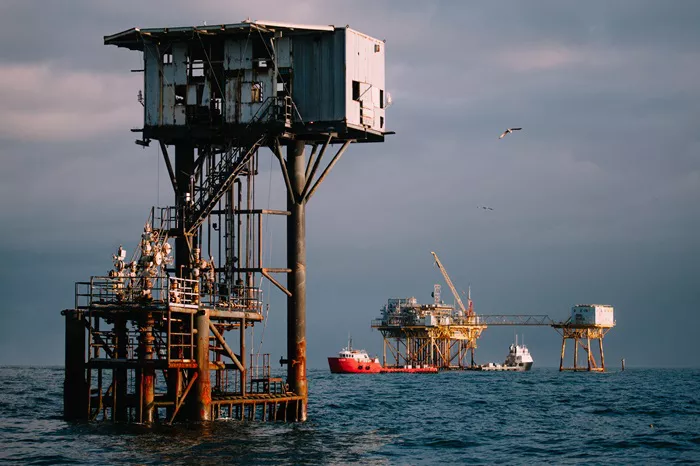The U.S. Energy Information Administration (EIA) has introduced a refined model for forecasting crude oil and natural gas production in the Federal Offshore Gulf of Mexico (GOM) as part of its Short-Term Energy Outlook (STEO). The new approach integrates detailed well-level historical production data with future field developments, providing a more nuanced assessment of production dynamics and infrastructure impacts.
The updated model, first implemented in August 2024, enhances production forecasts by analyzing well-specific data, including floating production units (FPUs) and field characteristics. This allows for a more granular evaluation of production constraints, such as platform capacities and maintenance schedules.
For 2024, EIA forecasts GOM crude oil production to average 1.8 million barrels per day (bpd), with a slight increase to 1.9 million bpd in 2025. Natural gas production is expected to remain steady at 1.8 billion cubic feet per day (bcf/d) for both years.
The Federal Offshore GOM, representing approximately 97% of U.S. Outer Continental Shelf (OCS) production, includes the Western and Central Planning Areas as defined by the Bureau of Ocean Energy Management (BOEM). As of September 2024, BOEM oversees over 2,300 active leases across 12.5 million acres in this region, predominantly in the Central Planning Area.
In 2023, deepwater wells were responsible for about 94% of GOM crude oil production and 80% of natural gas output. Deepwater fields have historically driven increases in GOM crude oil production, while natural gas has mainly been a byproduct of crude oil extraction.
The EIA’s model projects that new fields, including 12 expected to come online during 2024 and 2025, will contribute significantly to production. Notable additions include three new subsea tiebacks and a new FPU for the Anchor field, which commenced production in August 2024. The Whale field, set to launch at the end of 2024, is anticipated to produce 85,000 bpd once fully ramped up.
Natural gas production in the GOM remains predominantly associated with crude oil production. The forecast indicates that new fields will add about 15 million cubic feet per day (mmcf/d) of natural gas in 2024 and 173 mmcf/d in 2025, with the gas-oil ratio expected to remain stable.
Related topic:
Natural Gas Vs Propane: Which Is Better?

